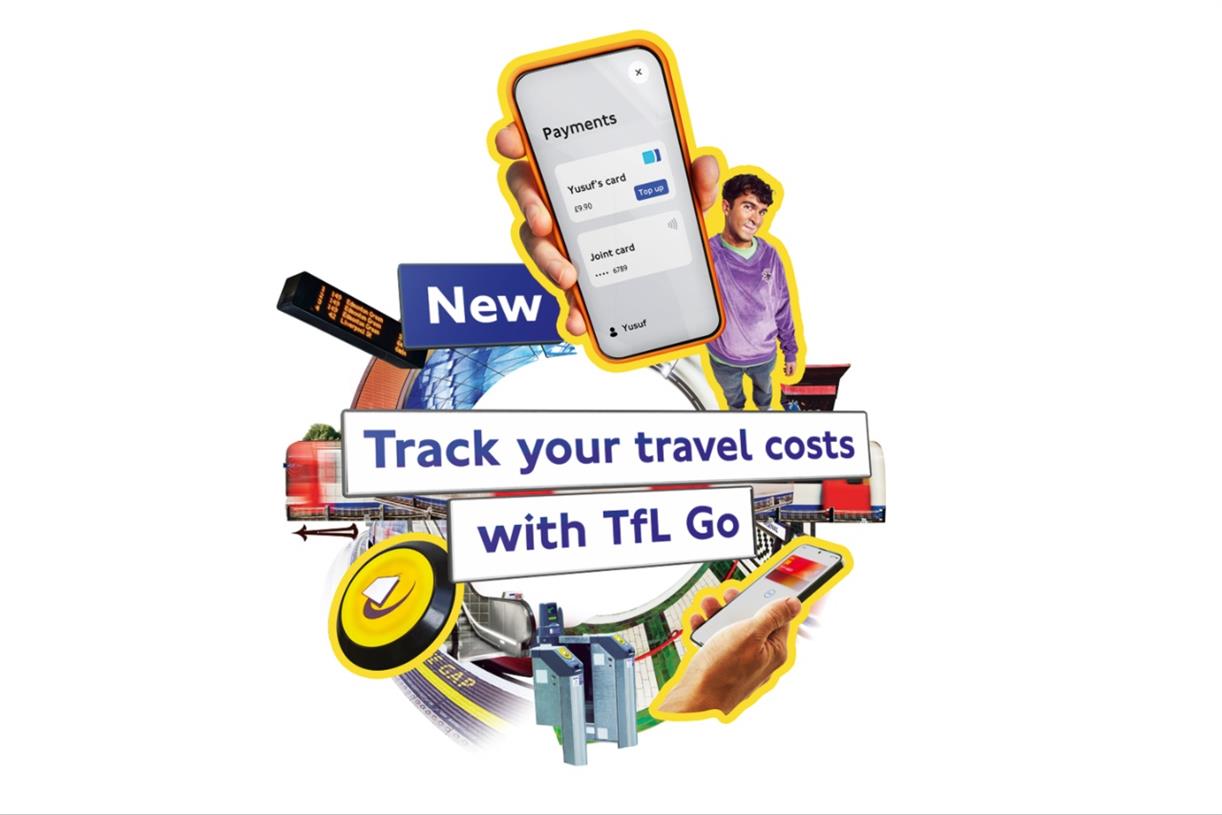The Hidden Cost of Late Payments: How Digital Agencies Can Reclaim $10,000+ in Annual Revenue
Late payments are more than a frustrating delay—they’re a silent profit killer.For digital agencies, where projects move fast and cash flow needs to keep pace, overdue invoices create a chain reaction of operational stress. According to MYOB Business Monitor,...

Late payments are more than a frustrating delay—they’re a silent profit killer.
For digital agencies, where projects move fast and cash flow needs to keep pace, overdue invoices create a chain reaction of operational stress. According to MYOB Business Monitor, a third of Australian SMEs report experiencing late payments, which directly impacts cash flow reliability.
But the real cost runs deeper than late fees and awkward email nudges. It’s hidden in the hours of manual follow-up, the cash flow gaps that stall growth, and the quiet erosion of client trust. Let’s unpack the true impact—and what smart agencies are doing to flip the script.
Across Australia, late payments cost small businesses an estimated $115 billion annually in lost revenue and productivity (source: Xero Small Business Insights).
For digital marketing agencies specifically, the situation is even more acute. Projects often run on tight timelines, with contractors, ad spend, and overheads front-loaded. When payments lag, agencies risk:
Cash flow gaps that force founders to dip into personal funds Delayed payroll and contractor payments Missed growth opportunities due to capital constraints Client relationship strain from awkward follow-upsAccording to QuickBooks SME Survey, small business owners spend up to 15 days a year chasing unpaid invoices, consuming valuable work hours that could be better spent on growth.
Late payments hurt more than your balance sheet. They quietly drain your operational energy:
Administrative Drag: Following up on overdue invoices is manual, repetitive work. Mental Load: Chasing clients creates stress that distracts from higher priorities. Reputation Risks: Constant payment reminders can sour otherwise healthy client relationships.And if you’re still relying on end-of-project lump sum billing? According to WorkflowMax Cash Flow Insights, lump sum invoicing delays cash flow and increases risk for project-based businesses.
Agencies that align their billing to project milestones reclaim control of their cash flow. But forward-thinking teams go further: they build dynamic billing systems that adapt in real time as projects evolve.
Here’s a proven approach:
Define Clear Milestones: Break projects into meaningful phases with tangible deliverables. Implement Dynamic Billing Triggers: Let invoices respond not only to milestones but also to scope changes, timeline shifts, and added deliverables. Incentivise Early Payments: Dynamic billing can include strategies like early payment discounts to accelerate cash flow. Automate Invoices: Use tools that trigger billing automatically as these triggers are hit. Send Auto Reminders: Automate follow-ups to remove the manual burden of chasing clients. Track Payments in Real Time: Link billing systems with your project management tools for immediate visibility. Keep Clients Informed: According to Stripe’s State of B2B Payments, clear communication of payment milestones builds trust and accelerates settlement times.Real-world success stories like Mediafly, a tech company that implemented dynamic discounting to encourage faster payments, show how adaptive billing strategies can dramatically improve cash flow. By offering flexible, real-time incentives, Mediafly accelerated collections and reinvested more rapidly in growth.
“By offering dynamic discounts, we were able to accelerate our cash flow and reduce the time spent on collections.”
— John Evarts, CFO & COO, Mediafly
Source: Mediafly Case Study
By embracing dynamic billing, agencies move beyond reactive invoicing to proactive cash flow management—ensuring they get paid faster, more consistently, and in alignment with their real-world project flow.
If you want to tighten your cash flow management, keep an eye on these essential metrics:
Days Sales Outstanding (DSO): Average number of days to collect payment after invoicing. Invoice Payment Cycle: Time between project milestone completion and invoice payment. Client Payment Patterns: Identify clients with chronic delays early. Revenue Forecast Accuracy: Align expected payments with project progress. Unbilled Work in Progress (WIP): Work completed but not yet invoiced equals risk.Tracking these indicators helps you spot trouble early and build a more predictable revenue model.
For digital agencies, waiting on payments isn’t just a cash flow problem—it’s a profitability trap. But it’s a trap you can escape.
By shifting to milestone-based and dynamic billing, automating your invoicing systems, and tracking the right metrics, you’ll reduce admin time, maintain client goodwill, and reclaim thousands in revenue every year.
Because in the agency game, getting paid on time isn’t just survival—it’s strategy.

 FrankLin
FrankLin 


























.jpg)



